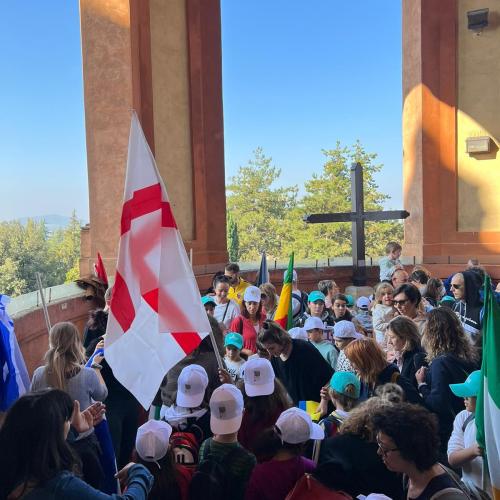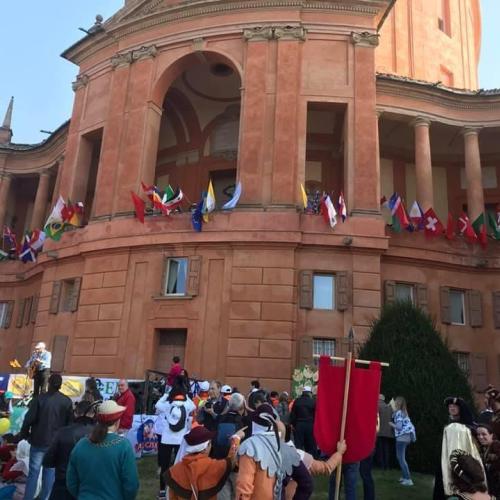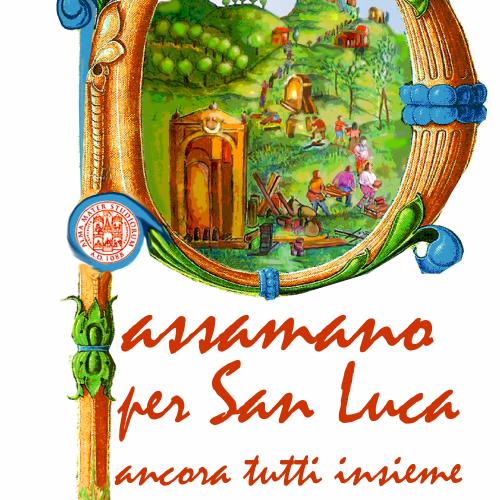A former full professor of Medieval History at the University of Bologna, Rolando Dondarini has conducted research that includes promoting studies and comparisons of medieval statutes, founding and directing the Italian Committee for the Study and Editions of Normative Sources at the Library of the Senate. This body has hosted 12 national conferences and published the first three volumes of the "Bibliografia statutaria italiana", which since 2019 has had an international scope, operating under the name "De Statutis Society". The professor continues to serve as president of this body.
As far as Bologna’s historiography is concerned, he is credited with the discovery, in the Vatican Secret Archives, of the original manuscript of the ‘Descriptio della città e del contado di Bologna’, which had been presumed lost for more than six centuries. By publishing the original, Rolando Dondarini has given Bologna a valuable source of information about the Middle Ages. However, the scholar’s primary commitment has been to the pedagogy of history, identifying the study of the elements of our common heritage as one of the methodological approaches to learning history and achieving forms of active citizenship.
In this regard, the porticoes of Bologna have become the subject of research in which the citizens themselves play a central role, both in terms of acquiring knowledge and protecting the porticoes. One of these is the great portico of San Luca, whose origins lie in common motivation and a commitment to solidarity.
Dondarini reveals an interesting detail about its history, which had previously been overlooked: on 17 October 1677, when the builders were faced with the challenging task of starting the hillside section, a creative solution was found to the problem of the lack of viable roads and paths. Each person passed on the material they had received from the previous person, forming a long human chain.
Thanks to the extensive efforts of professor Dondarini, Professor Beatrice Borghi and a large group of collaborators, a new “Passamano” of symbolic objects was created on 31 May 2003 by thousands of students and representatives of associations and institutions creating a human chain. The enthusiastic participation of schools, associations and institutions led to the idea of extending this methodology to the city and the province. Thus the "Festa della Storia” was created, a History Festival which quickly became an international event. Now in its 21st edition, the festival offers an extensive programme of events to mark the start of autumn activities, with exhibitions, conferences and guided tours throughout the city and the province of Bologna.
Our question to the professor was whether there would be a History Festival in 2024 as well. Has the date for this year’s ‘Passamano’ been set?
Yes, the ’Passamano’ will be held on Saturday 19 October 2024. But the Festival will take place next year in the spring to make it easier for schools to take part.
At the Festival, an international prize is awarded, called the Golden portico, named after Jacques Le Goff, who was not only a big name in historical research but also a key figure in the French Nouvelle Histoire. Many of us consider him to be an undisputed master. What does this award recognise? Do you already have an idea of who will be part of the next edition?
Actually, we are very proud of it, as it is the result of an increasingly close relationship with the great master, initially mediated by his esteemed Italian ‘pupil’, Daniela Romagnoli. It then evolved into a mutual understanding of profoundly shared aspirations and objectives regarding the necessity to make historical knowledge accessible, which Le Goff himself considered to be ‘the beacon of humanity’. This requires reconciling popularisation skills with scientific rigour, and attractive presentations with reliable research. At the time, the subject had been revisited in novels and film adaptations that placed greater emphasis on commercial success than on historical accuracy and credibility. The prize, which Le Goff himself agreed to have named in his honour in 2008, aims to recognise the merits of those who, through their work, demonstrate an ability to disseminate acquired knowledge based on well-founded and verified research.
Over many editions, the list of winners has become an undeniable testament to the esteem and prestige of the award. As the opinions of previous winners play a part in determining the next recipients, the nomination process for the next winner is still ongoing, but has already begun with the selection of the shortlist of candidates for the award.
In 2021, together with Beatrice Borghi, you published a book with the publisher Minerva entitled ‘Bologna: tra portici, torri e canali’: can you tell us something about it?
Every aspect of each city reflects specific choices that have become distinctive features of its identity and that are an integral part of the community’s heritage. The city is a magical crossroads where history and the present meet in a network of streets, squares, churches, canals and towers. Their use, their state of neglect and the potential for functional and aesthetic transformation demonstrate alternative choices that often lead to disputes, which in turn reveal their value even when they are neglected.
This is particularly evident in the case of porticoes, which are set to undergo a significant transformation. The spontaneous and illegal practice of extending private buildings to the detriment of public spaces were replaced by a mandatory requirement to install porticoes in private spaces through evolving and increasingly detailed regulations. This transition has contributed to Bologna becoming the city of porticoes, which has given the local community further opportunities for internal relations and hospitality. It is interesting to note that the devotional routes that connected the sanctuaries outside the city took the form of porticoes.
Based on what you have learnt through your research, is there anything else to say or study about the porticoes as porous architecture, both in terms of the physical and legal aspects of private property available for public use?
The remarkable diversity of Bologna’s porticoes provides a rich basis for research in a wide range of urban planning and architectural disciplines. One thing is clear, however: the need to preserve these architectural treasures and prevent their deterioration. The original regulations were drafted with sensitivity and foresight, knowing that entrusting the owners of the buildings with the maintenance of the porticoes would ensure that the extensive work that would become necessary over time would be carried out. However, despite the legal nature of the portico as a private space for public use, vandalism remains a widespread problem. The devotional porticoes are even more at risk, as they are the property of the Curia and are in need of extensive and costly restoration work. It is for all these reasons that the existence of the porticoes has become the focus of an educational campaign to protect heritage and promote active citizenship, starting from childhood, by encouraging schoolchildren to ‘adopt’ a piece of the porticoes.
For all the latest info: https://site.unibo.it/festadellastoria/it/passamano-per-san-luca




